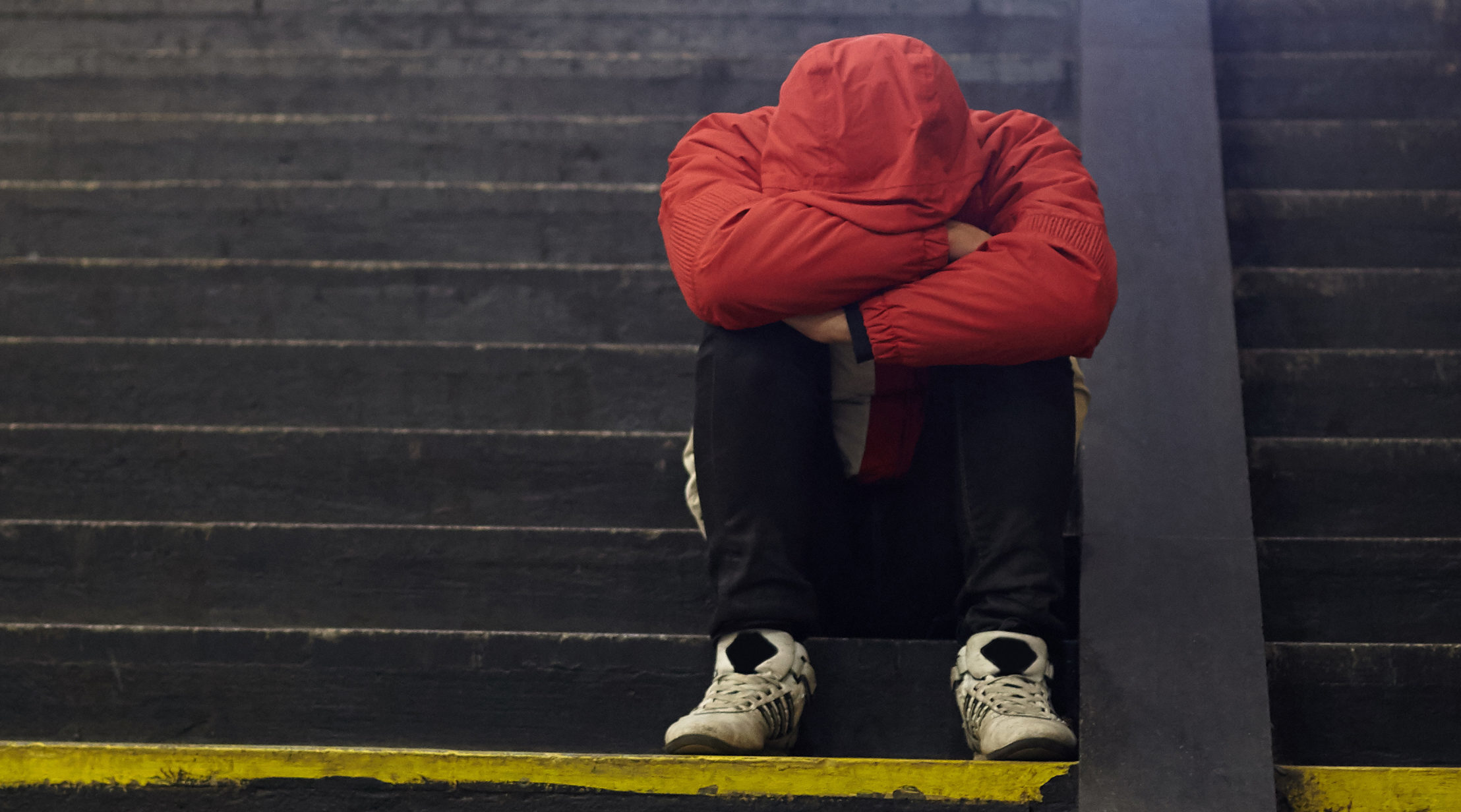
SCOTLAND has pockets of “intense” child poverty even in the most affluent areas, new analysis has shown.
Research by Professor John McKendrick, of Glasgow Caledonian University, found even in local authorities with the lowest levels of child poverty there are areas where more than one in every four children are living in deprived circumstances.
These include Arthurlie and Dovecothall in East Renfrewshire (54.9%), Hillhead in the west end of Glasgow (36.9%), Peterhead Harbour in Aberdeenshire (31.5%) and Lerwick South in Shetland (26.2%).
In addition the analysis found almost two thirds of those experiencing income deprivation, or 468,430 people, live outwith an area defined as “multiply deprived”.
Mr McKendrick said the findings demonstrated the challenge for anti-poverty strategies to reach those most in need “as only delivering in the most deprived areas means that the majority of people experiencing poverty are beyond reach”.
The research highlighted the need for improved anti-poverty strategies at a local level and for these to be better connected with national plans.
Councils are now required to develop local action plans to tackle the issue with the passing of the Child Poverty Bill at Holyrood in November, which set statutory targets to cut child poverty.
Mr McKendrick said: “Although it would be misleading to claim that poverty is ‘everywhere’ in Scotland, the evidence suggests that it is far more widespread than might be expected.
“Living in poverty is not the same as living in a deprived area. Put simply, the majority of people experiencing poverty in Scotland do not live in multiple deprived areas.”
The analysis is contained in a briefing paper for the independent Poverty and Inequality Commission and coincides with the launch of a poverty and inequality research unit at the university.
Mr McKendrick added: “Without question, responsibility for the most powerful tools to alleviate child poverty in Scotland rests with the UK Government.
“It must also be acknowledged that recent reductions in capacity within Scottish local authorities may have resulted in a loss of expertise among those most directly involved in local anti-poverty work.
“Similarly, constraints on local authority budgets limit the bounds of what is possible.
“Notwithstanding the limits to what Scotland can achieve without full control of the levers of tax, tax credits and social security, with the powers at its disposal Scotland can ensure that the scale of progress in tackling child poverty is greater than that of other UK regions using the tools at its disposal to greatest effect.”
A Scottish Government spokesman said: “Scotland is now the first part of the UK to set ambitious targets to tackle child poverty, showing how serious we are about reducing inequality and eradicating child poverty.
“We are determined to take action through our first national Tackling Child Poverty Delivery Plan, backed by our £50 million Fund, which will be published this month.
“To support local authorities in tackling child poverty, we now publish new council area-level statistics on children in families with limited resources.
“These supplement existing tools such as the Scottish Index of Multiple Deprivation to allow local authorities to base their services on local need.”

Enjoy the convenience of having The Sunday Post delivered as a digital ePaper straight to your smartphone, tablet or computer.
Subscribe for only £5.49 a month and enjoy all the benefits of the printed paper as a digital replica.
Subscribe